What is the Employee Journey?
The employee journey describes the journey an employee goes through along different phases before and after being hired by an employer.
Along this journey, the employee comes into contact with the company at various direct and indirect touchpoints. Each of these touchpoints influences the employee’s attitude and mentality toward the employer.
The experiences they have at the various touchpoints determine the further course of their journey.
The task of a company is to use these touchpoints at the different stages of the employee journey in the best possible way for a positive experience, so that the initial applicant becomes a loyal and committed employee.
Why is the Employee Journey important for companies?
If you want to accompany your employees from the initial job search to a long-term loyal employee, you as a company should see yourself as a guide and deal with the Employee Journey in detail.
After all, at every stage of the Employee Journey, whether pre- or post-employment, a company needs to provide a positive experience for the employee so that they move through their journey without any obstacles or negative experiences.
To do this, employers must first and foremost understand what the employee journey looks like and what interaction points they come into contact with within the journey.
With this information, HR marketing and the HR department can increase the attractiveness of the employer brand and employee satisfaction through targeted actions.
What are the stages of an employee journey?
On their journey, employees pass through different stations and phases within their employee journey.
This already begins with the search for a job.
Here, if the potential employee does not already know the company, he or she comes into contact with the potential new employer for the first time through the search for job offers.
Even at this stage, employers must position themselves attractively in their job postings, on their website, and also on employer review portals, and convince the job seeker that they are the right employer.
After the job seeker has decided to apply for the company’s open position, the recruitment phase begins.
This is where the potential employee experiences the company’s application process and learns about the company, culture and future colleagues through the interview process.
How long it takes for applicants to receive a response, how the decision is communicated, and how long it takes for the contract to be signed are also experiences that a potential employee has during the recruitment phase.
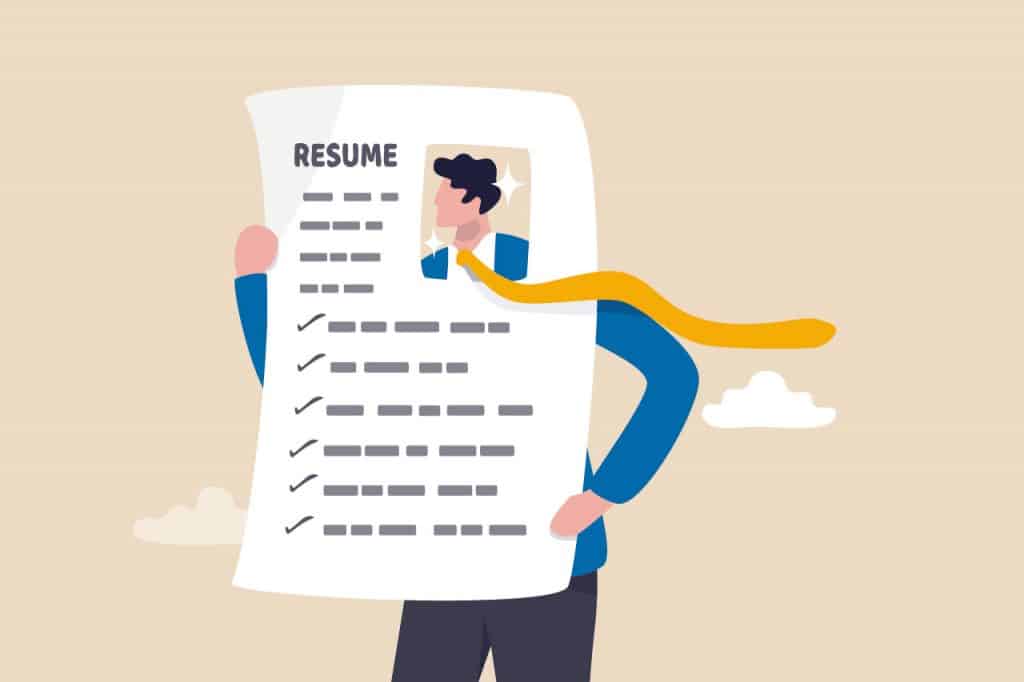
Once the contract is signed, it can move to the pre-onboarding phase.
There are companies that skip this phase, while others use it to welcome the new employee, provide him with initial information, his work tools or a welcome package. Also in this phase, the employee gets further experience with his new employer.
The pre-onboarding phase is followed by the onboarding phase, where the new employee starts his first week at work.
This phase of the Employee Journey is always a critical phase, as it is here that the new employee gets to know the work environment, colleagues, tasks and processes, and tools/software used.
Good onboarding, i.e. familiarization and integration into the company and its tasks, primarily ensures that a new colleague feels welcome and that he or she has a positive experience right from the start.
However, if no one takes care of the new colleague and he or she is left alone, this can lead to him or her ending the collaboration early on.
What does it mean for the company if a new colleague leaves early?
If the new colleague quits, it means that you have to go on another talent search, which costs time and energy, and in addition, you are missing an urgently needed worker during the search period. This can be costly, as filling a new position is usually 30 percent of your annual salary.
Companies should therefore invest a lot of energy in the onboarding phase to familiarize new employees with software, processes, tasks, team structure and hierarchies, and ideally appoint a colleague to act as a mentor.
Keep in mind that everything is new for the new colleague.

After the employee has survived his first weeks at the company, the longest phase in his employee journey comes: the work phase. This is where the employee has the most and most intensive experience with the company.
This phase determines how long the employee remains loyal to the company.
If the experience is predominantly negative, the employee will most likely leave the company; if it is predominantly positive, he or she is more likely to stay.
If the employee decides to leave the company due to too many negative experiences, is given notice, retires or their fixed-term contract is not extended, then the exit or offboarding phase begins from here.
During this phase, companies should not present themselves in a negative light and should give the departing employee a decent send-off.
An exit interview with employees who have resigned themselves can help to find out reasons for resignations as well as obtain suggestions for improvement. This can help reduce turnover.
Furthermore, companies should provide a positive experience for their departing employees, as you never know if employees will return.
To give you an overview of all the stages of the Employee Journey at the end of this chapter, I have listed them for you below:
1. Job search
2. Recruitment
3. Pre-Onboarding
4. Onboarding
5. Work in the company
6. Departure & post-onboarding
What are the touchpoints along the Employee Journey?
Previously, we talked about the individual phases of an employee journey. Now we’ll look at possible touchpoints that influence the employee experience within the Employee Journey.
Let’s start with the first one:
1. Recruitment
During the recruitment phase of the company, the employee makes his first touches and experiences with a company. This happens, for example, via a job advertisement, job fairs or personal recommendations from friends and acquaintances.
This is therefore where companies can already conduct research to identify weaknesses in the recruitment of personnel and improve in personnel marketing and employer branding.
2. Onboarding
The second touchpoint within the Employee Journey is onboarding.
We already had onboarding in the previous chapter as a phase of the employee journey. However, it is not only a phase, but also what I called earlier a critical touchpoint, which has a decisive impact on the employee experience.
This is because onboarding is about integrating the new colleague into the company and the workplace and helping them settle in so that they feel comfortable right from the start.
A poor or inconsistent onboarding process can leave employees feeling confused, disappointed or intimidated by their work environment. On the other hand, when onboarding is done properly, it creates a smooth transition for new employees who are easily assimilated into the company culture.
Through regular feedback from new employees, employers can analyze their onboarding process and get it on the right track so that all new colleagues get off to a good start right out of the gate.

3. Leadership & training
Leaders are leaders, coordinators, goal-oriented, and at their best, should be emphatic. They are responsible for achieving the results and goals of the organization, lead their employees and decisively shape the lived corporate culture with their leadership style.
If you maintain a good relationship with your employees, this not only increases their motivation, but also gives them a positive experience every day.
And if managers’ style encourages their employees to learn something new, to brave challenges and to continue their professional development, this further increases employee commitment and satisfaction.
4. Performance appraisal and feedback
Regular performance appraisals, which may include career discussions or training and development, or general feedback on the employee’s working methods, are intended to promote employee development.
But how the appraisal and feedback is given and how it is communicated also play a key role in shaping the employee experience at the company.
5. Employee benefits and rewards
Rewarding good performance sparks a sense of appreciation, satisfaction and high engagement among employees. But employee benefits in the form of flexible working hours, home office, childcare, health care, sports & fitness offerings and more can also increase the attractiveness of the employer, employee recruitment as well as employee retention.
Both are touchpoints that can positively influence the employee journey of a company.
6. Work-life balance
Companies that offer employees a good balance between their daily work and private lives benefit from committed, satisfied and also healthier employees. More and more companies have recognized this and are therefore trying to reconcile these two sides.
For example, they offer flexible working from home, allow more flexibility over their own working hours, or care for children at work through an in-house daycare center.
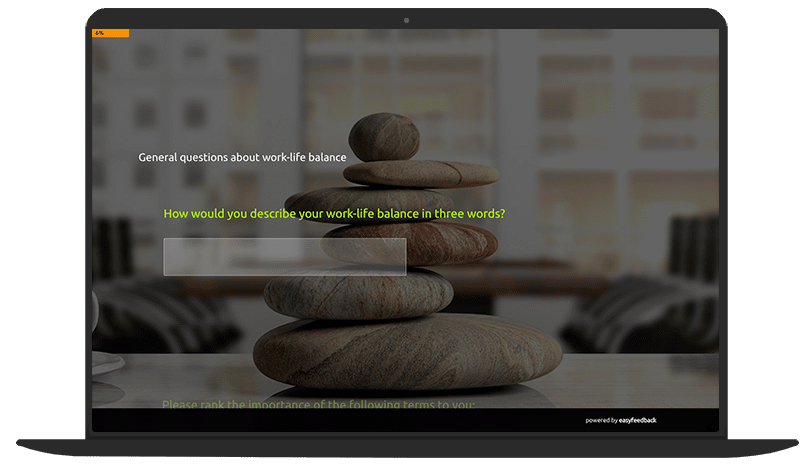
7. Working environment
An employee’s work environment, i.e. the design of the office space, the equipment in the workplace, open and transparent communication within the company and much more, plays an important role in their motivation and productivity.
If companies offer a work environment where employees feel comfortable and do not feel annoyed or intimidated on a daily basis, then companies can expect employees to enjoy coming to work.
8. Exit interview
When employees leave through self-termination, there are signs that something is wrong. Exit interviews are a valuable tool for this, to find out the reasons why they are leaving the company and what could have been done better in the company to make them stay.
This information from an exit interview helps a company to initiate appropriate measures to increase employee retention and at the same time reduce the fluctuation rate.
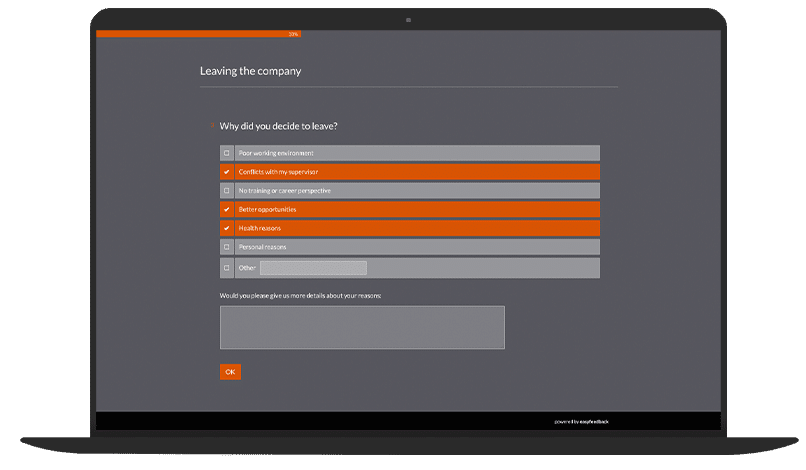
What is the best way to get an overview of my company’s Employee Journey?
Just as you can map this for an employee’s journey, you can visualize an employee’s journey via an Employee Journey Map.
The Employee Journey Map is a visual representation of every stage, as well as direct and indirect interactions, that the (potential) employee has with a company from first contact until after they are hired.

It involves looking at one’s company from the employee’s point of view and documenting possible touchpoints, one’s respective thoughts, feelings, as well as one’s actions at each of these touchpoints with the goal of evaluating them and creating optimizations for the best possible applicant and employee experience so that the initial job seeker becomes an employee and subsequently a long-term and loyal employee.
The process of documentation is also described in the jargon as the Employee Journey Mapping. In the next chapter, you’ll learn how to create an Employee Journey Map.
How to create an Employee Journey Map?
In order for you to visualize an employee journey using a map, you need a total of 6 steps.
Please keep in mind that the steps presented here are an orientation for your project. The steps to create your Employee Journey Map may also vary.
Let’s start now with the first step:
Step 1: Determine the goals of the Employee Journey Map
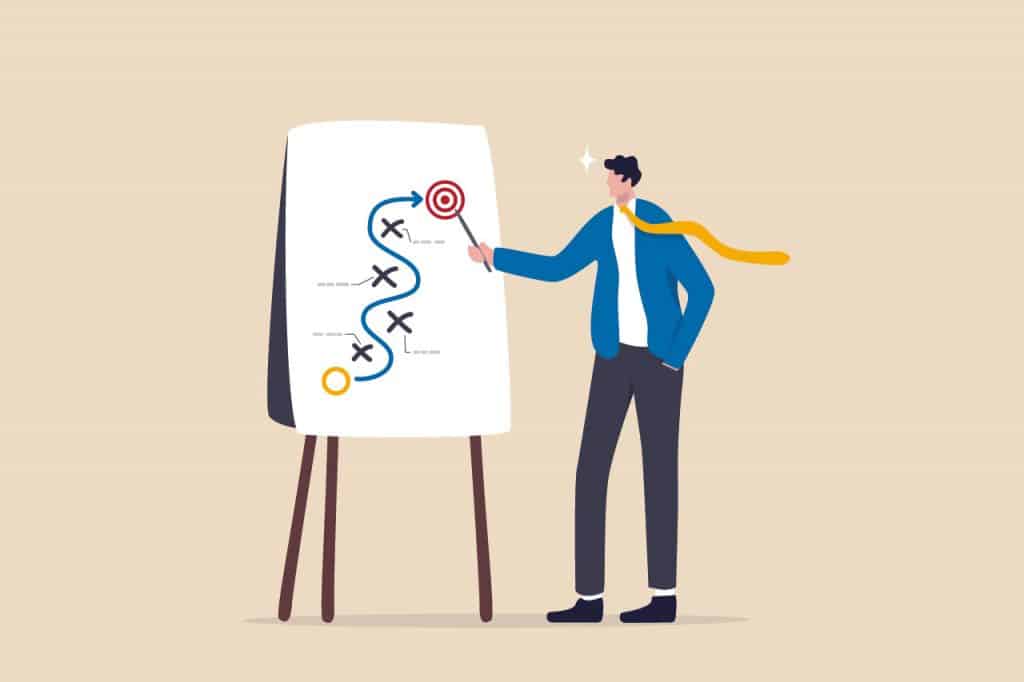
Before you start creating the map, you should first and foremost consider what goal(s) you are pursuing with it. After all, employee journey mapping can be done for a variety of purposes.
And the goal ultimately determines how the map is presented visually and what content it needs.
For example, is the goal to visually represent the current employee journey and all direct and indirect touchpoints included, or do you want to visualize a map based on the employee’s behavior, thoughts and feelings along the employee journey.
It would also be possible to visualize in terms of existing or future technologies, methods and processes used for the Employee Journey.
Think about who you are creating the map for and why. Should the map be created solely for HR marketing or is the employer branding team also involved? Does the IT department also need to be involved in terms of technologies used?
Depending on which departments and people are also considered for the employee journey map, your goals will look different accordingly.
Step 2: Research information and collect data
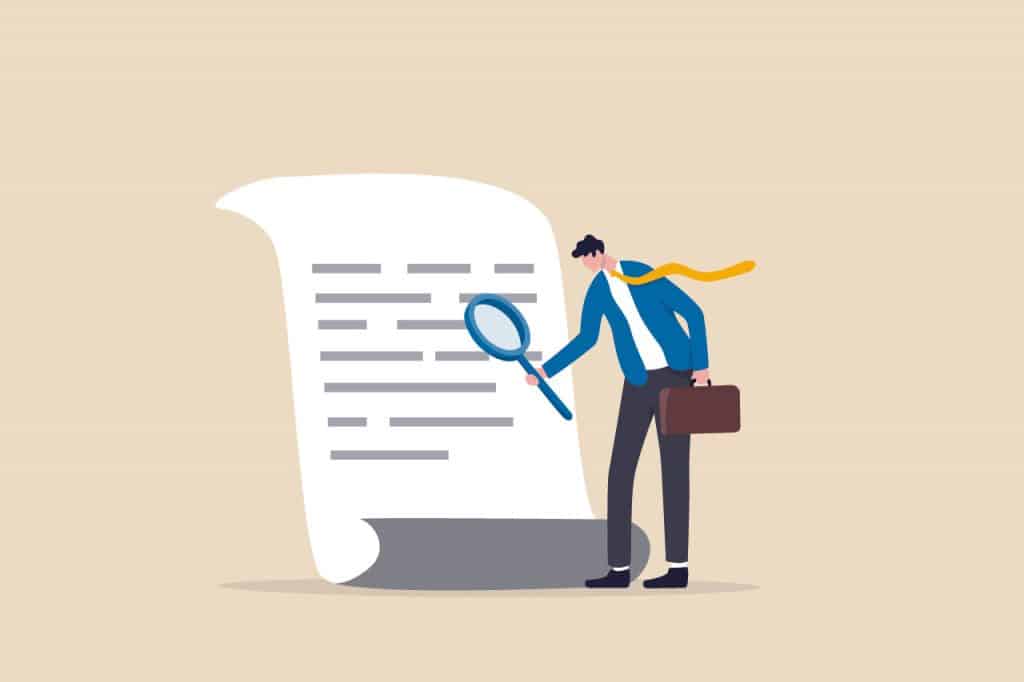
The better you know your employees and the phases in which they move along the employee journey, the more targeted you can build your employee journey map.
But to do that, you need information.
One source to get information about your employees and the stages they offer along the Employee Journey is to ask contacts in Human Resources, HR Marketing, Recruiting and more.
They deal with applicants and employees directly or indirectly on a daily basis and can best tell you what stages employees are in at each stage and what touchpoints they use to come into contact with your company.
Another source of information for the Employee Journey Map is to conduct an employee survey. With the help of this, you can ask about different topics and areas that will help you immensely in creating the employee journey map for your company.
Step 3: Create an Employee Persona
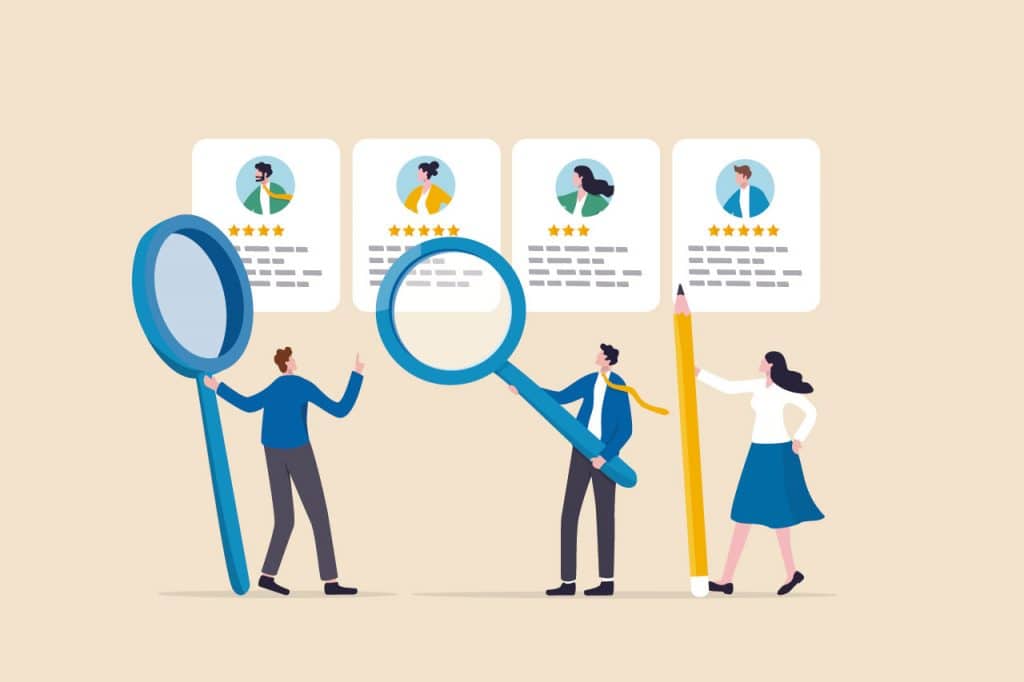
After researching and gathering all the data and information we need, this step is about representing your employees and applicants using a fictional persona that matches a real person in terms of demographics, attitudes, needs, expectations, and behaviors.
Employee personas ultimately reflect a fictional employee of a specific employee segment.
This desired employee helps us develop a deeper understanding of the employee for the creation of an Employee Journey Map and determine for whom we want to optimize the Employee Experience.
Step 4: Define individual steps and interaction points
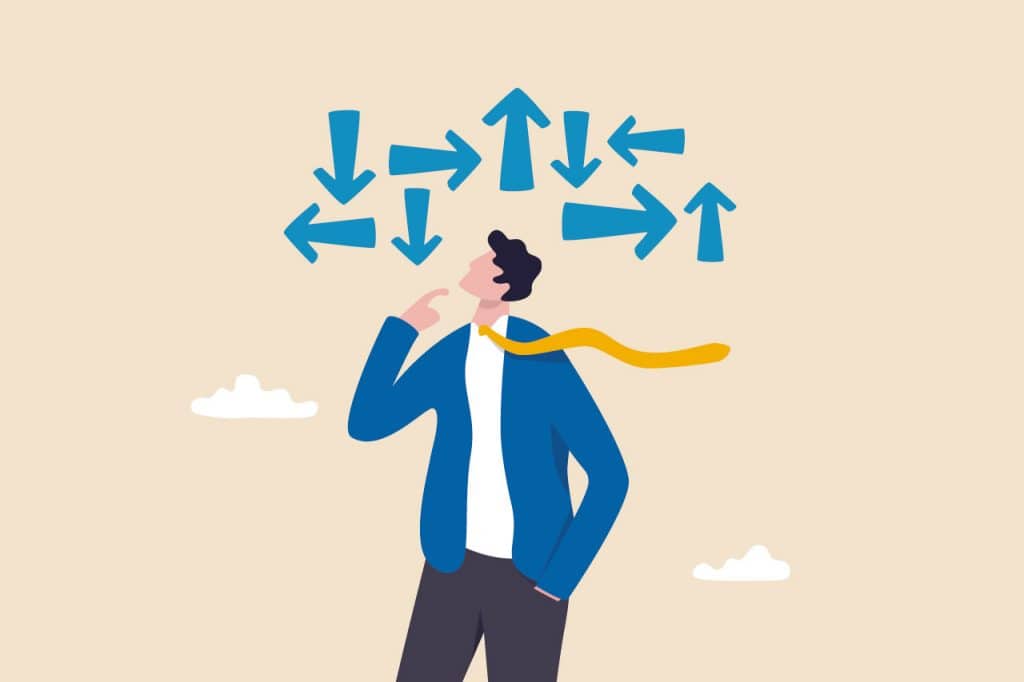
In this step, we now need to consider and describe the steps/phases the employee will go through along their journey and the touchpoints they will come into contact with.
Also, describe possible actions and experiences the employee will have within the phases and what feelings and emotions they will experience.
All this information helps us in the next step to visualize the employee journey.
Step 5: Visualize the employee journey
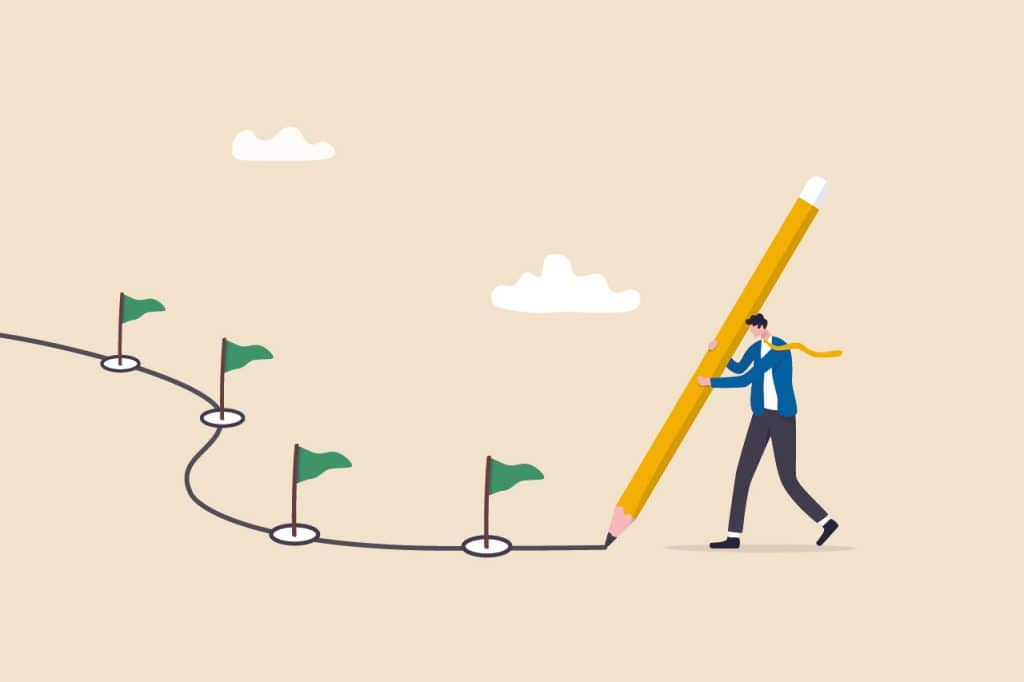
Now that you have defined which phases of the employee journey your employee will go through and at which contact points he or she will come into contact with your company, the next step is to visualize the employee journey.
The visual representation does not follow any rules.
It should only be designed in such a way that it contains all the necessary information and phases based on your objective and thus helps you to understand and optimize the employee journey.
Step 6: Analyze the Employee Journey
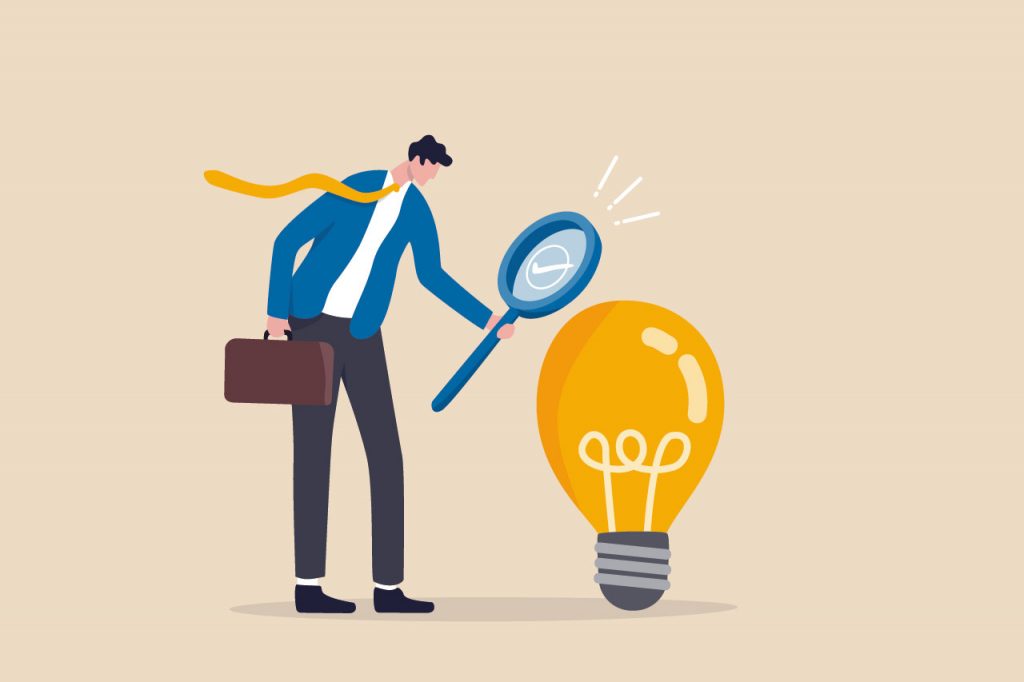
Once you have created your employee journey map, the next step is to analyze it.
My tip: For this, it is best to make the trip on your own.
This will give you a deep insight into your company’s Employee Journey and allow you to analyze your previous findings and identify optimization needs.
You may also find contact points or other things that you hadn’t thought of, so that you can adjust your Employee Journey Map and close any gaps that still exist.
How can I optimize the employee journey?
Improving the employee journey is no magic trick. With just a few tricks, you can already do a lot for the employee experience.
I have listed a few possible measures for optimizing the Employee Journey here:
- Visualize the current employee journey with an Employee Journey Map and check the actuality in regular intervals.
- Constantly gather feedback to ask for candidate and employee perceptions, expectations, and desires at each touch point along the employee journey to optimize and positively shape the employee experience.
- Improve the relationship between employees and managers for a harmonious and trusting working relationship.
- Create a corporate culture that values employees and facilitates open and transparent communication.
- Increase teamwork, performance and creativity through an agile and facilitative way of working.
- Simplify processes and steps to remove barriers, work effectively, and reduce frustration levels and reduce frustration levels.
- Train employees from day one so they can quickly grow into their new roles and feel welcome from the start and feel welcome from the start.
- The employee journey does not start from the moment the employee is hired, but from the moment they start looking for a job. Therefore, also optimize the phases of the employee journey that relate to recruiting new talent, for example, through an attractive employer brand and a good application process.
Conclusion: The Employee Journey – a central component of the employee experience
So, that’s it for my post.
In summary, I would like to emphasize once again how important it is as an employer to know the Employee Journey in order to improve the experience of applicants and employees.
Through the different phases and touchpoints, companies can significantly influence the Employee Journey and thus contribute to higher employee satisfaction.
This is especially important in industries with a shortage of skilled workers, because it’s the only way to make your company stand out positively and convince capable new employees to join you.
But your company also benefits in general from a well thought-out employee journey.
New employees are integrated into the processes more quickly and feel like fully-fledged and recognized employees right from the start. Long-term employees are also more satisfied, motivated and productive.
All of this has a positive impact on your company’s success. You will notice this in monetary terms, but also in the fact that you will receive fewer resignations and applicants will become loyal employees for many years.
We wish you much success in trying it out.






